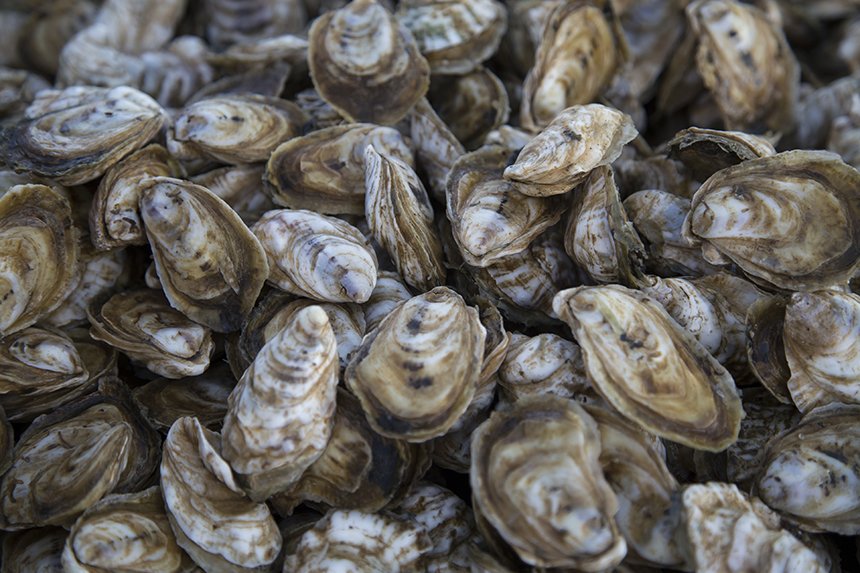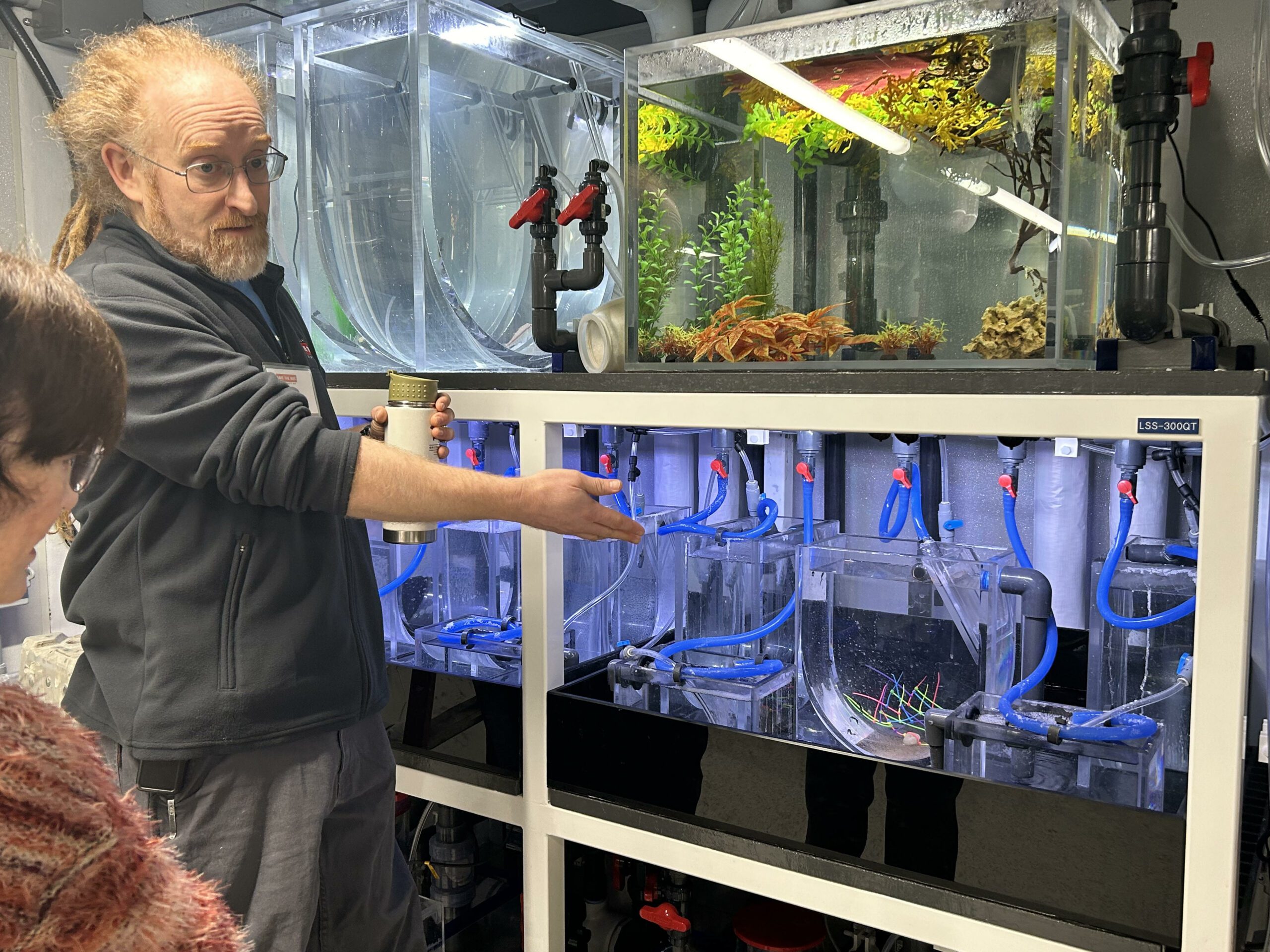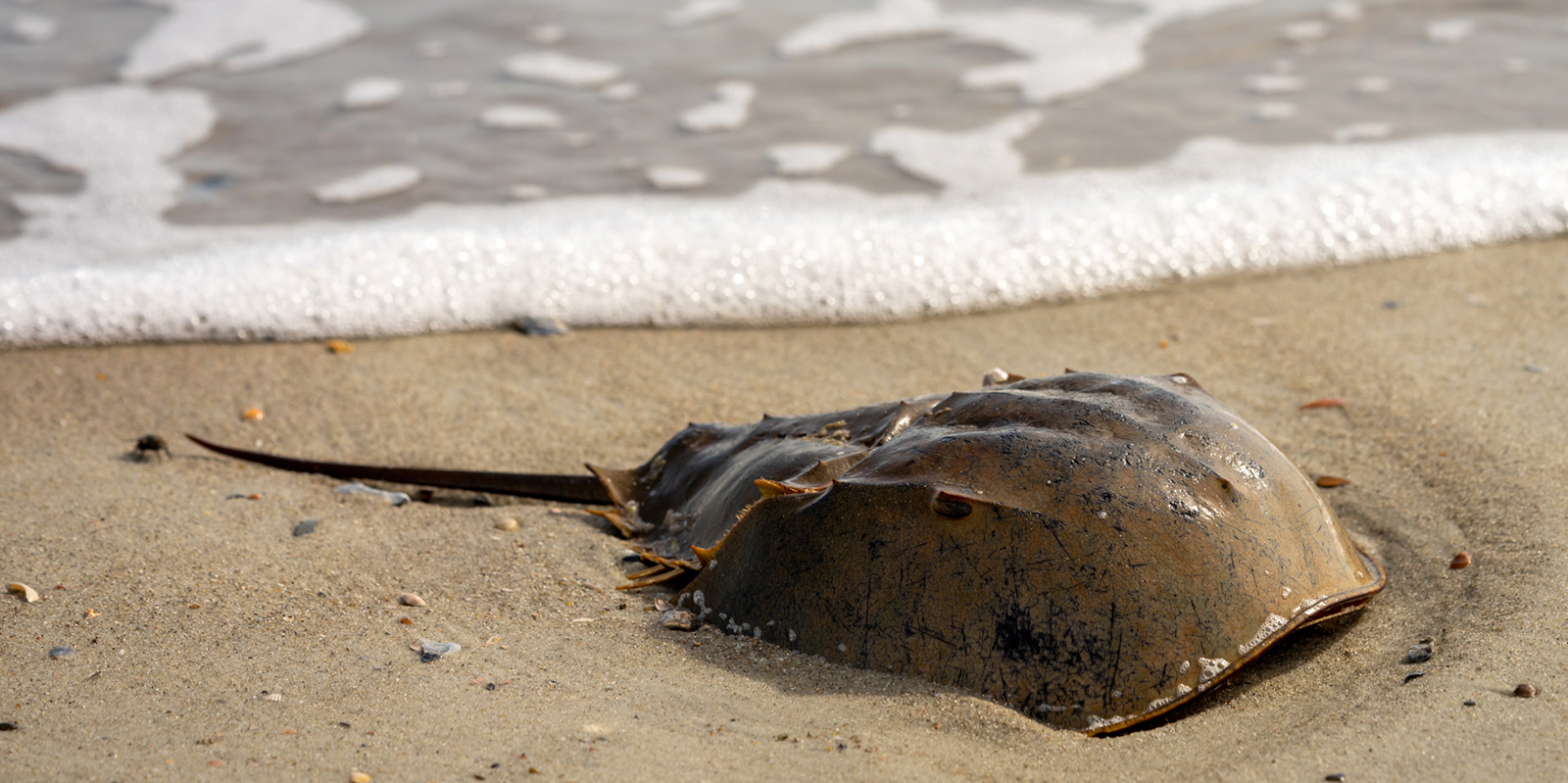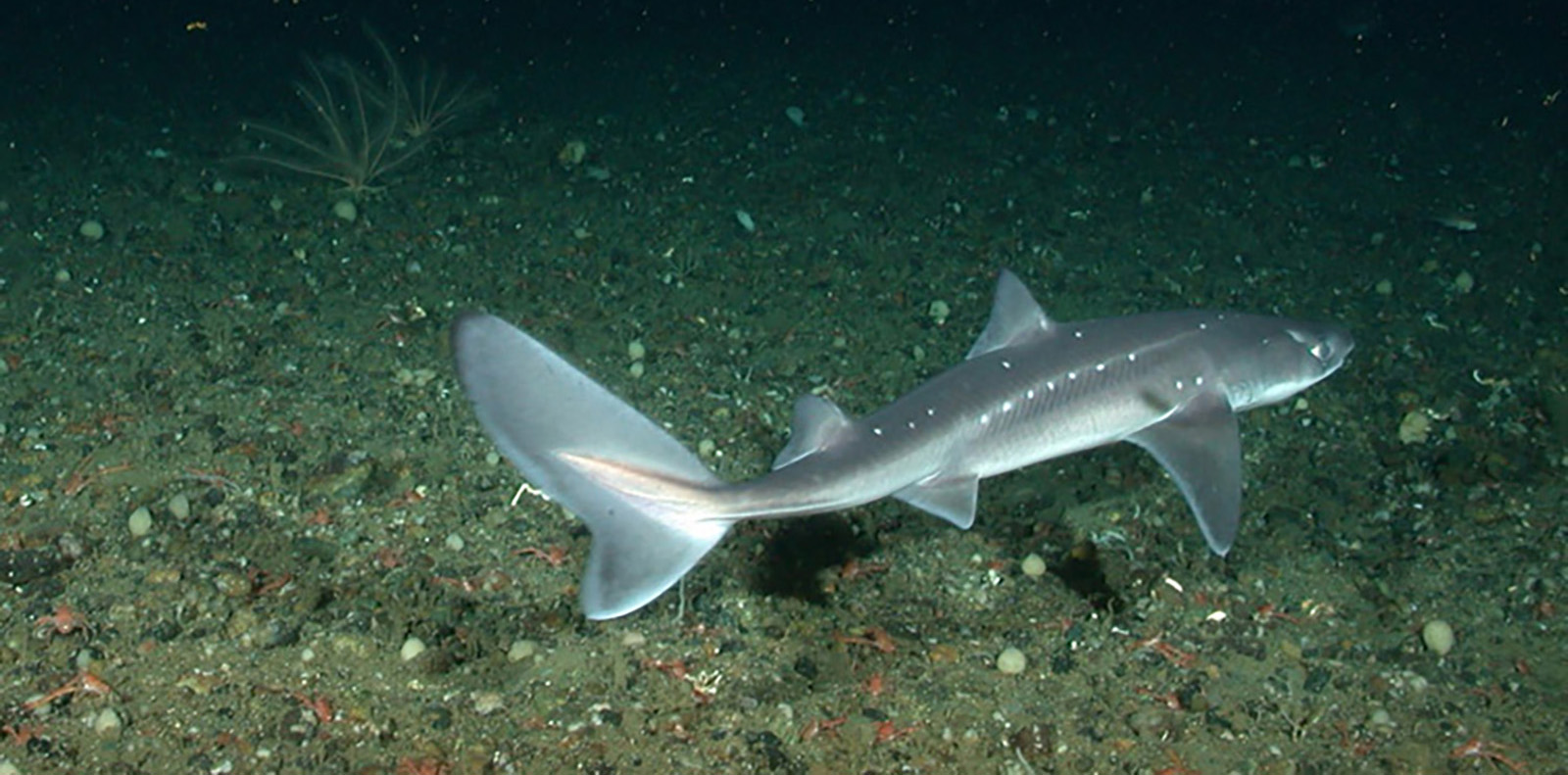Aquaculture Industry in Rhode Island Rebounding After Struggling During Pandemic
September 16, 2022
WAKEFIELD, R.I. – Rhode Island aquaculture farms have officially recovered from their pandemic-era lows and are selling more oysters than ever before, according to a new report.
The combined value of aquaculture products for consumption and seed sales in 2021 was $7,542,583, according to a new report from the Coastal Resources Management Council (CRMC). That number represents a dramatic turnaround from the height of the pandemic, when the state’s aquaculture farms sold $4,289,189 worth of product, a 32% drop from the previous year.
Aquaculturists faced crashing demand as restaurants closed nationwide during the COVID-19 pandemic shutdowns, and farmers were forced to find new customers by pivoting to retail and online sales. While farms and lease areas increased in size, farmers sold 2 million fewer oysters in 2020 than they did in 2019.
Last year’s sales exceeded pre-pandemic highs. From 2017 to 2019, combined product and seed sales from farms averaged $6 million. And it’s the mighty oyster that remains king of aquaculture. Farmers reported selling over 10 million oysters for consumption last year, representing over 99% of all aquaculture sales.
“Many farmers experienced a huge rebound in demand with the return of indoor dining and increased home consumption in 2021,” CRMC aquaculture coordinator Benjamin Goetsch wrote in the report. “Rhode Island aquaculturists are resilient and continue to work on and invest in their farms and meet this growing demand for high quality shellfish.”
Oysters and quahogs are prime filter feeders. An adult oyster can filter up to 50 gallons of water per day, and large quahogs can filter 24 gallons per day. They are especially proficient at removing excessive amounts of nitrogen in the water, the presence of which from nearby storm runoff and other nonpoint source pollution sources can lead to algal blooms and lower oxygen levels in water bodies.
Some studies have indicated that shellfishing could reduce carbon emissions. According to a 2019 study by Rhode Island Sea Grant-funded researchers, if Americans swapped 10% of their usual meat consumption for oysters, it would be the equivalent of taking almost 11 million cars off the road. Oysters have only 0.5% of greenhouse gas emissions compared to beef, emitting negligible amounts of nitrous oxide and carbon dioxide.
Despite the sales boom, Rhode Island farms grew only modestly. CRMC, the lead state regulatory body for all things aquaculture, reported that between 2020 and 2021 only a single new farm opened, bringing the total number of farms to 84. In the same timeframe, just 20 new acres were leased for farms, bringing the total acreage leased for aquaculture to 368 acres. Aquaculture employment only added six new total jobs in 2021, around 2.7 percent, for a grand total of 222 jobs in the sector, according to the report.

Nationally aquaculture is on the rise. According to the latest census from the United States Department of Agriculture, aquaculture sales reached $1.5 billion in 2018, a more than 10% increase from 2013. Mollusks and other shellfish sales alone were worth $441 million.
But the industry still faces pushback. Residents and recreational anglers frequently complain that new aquaculture farms will interrupt water sports or prime fishing spots.
CRMC also isn’t always bullish on aquaculture. Late last year the agency denied the application of Perry Raso, the owner of Matunuck Oyster Bar, for an additional 3 acres of oyster and bay scallop farming on Potter Pond in South Kingstown.
Raso owns approximately 10 acres on the pond south of Meadow Point, and his request for additional acreage would have totaled about 3 percent of the total surface area of the pond.
After nearly four years of tug-of-war between Raso and South Kingstown residents, members of a CRMC special subcommittee – formed specifically to consider the application – recommended denying the acreage, citing the proposal’s impact on water-based activities. If approved, the expansion would cut water-based activities by 23 percent, and displace them toward the center of the pond, an area where boats typically cluster, increasing the risk of injury, the subcommittee said.
Regulators with the CRMC took criticized last year, when a special House legislative commission studying an overhaul of the coastal management agency solicited public comment in a town hall last November. Town harbor officials told the commissioners the agency’s notification process for new projects was lacking and often all abutters were not notified properly.
The agency was taken to task on its public outreach and notice procedures, and a letter signed by more than 100 people called for reform of CRMC aquaculture processes, calling the existing procedures flawed, and resulting “in decisions biased in favor of commercial development at the expense of public interest.”




The CRMC claims to be helping the aquaculture industry but their actions speak differently what they did to Perry Task was wrong. I have been in that area many days at all times of the day and rarely see any boats on Potter’s Pond. You have rich people from out of state that own summer homes along the water that are using the same old NIMBY arguments to stop a businessman that employee over 100 people contributes to our state economy band has one of the highest rated oyster bars in the country and who’s oysters are in demand worldwide from expanding and hiring morepeople.
No wonder people say Rhode Island isn’t buiness friendly.
Leases are proposed by aquaculture applicants in the coastal ponds, wherever they prefer. The Coastal Resources Management Council (CRMC) was supposed to undertake spatial planning for aquaculture lease siting over 20 years ago (it never happened). The primary driving factors determining where a lease shoud be sited are based upon the presense or absense of wild shellfish, on a given day, and whether the the total lease acreage for a particular pond exceeds the 5% cap (5% rule). That isn’t spatial planning. This isn’t a wealthy property owner issue. This is a public trust protection issue. It would benefit the public to become better informed on the RI General Laws; CRMC policies, regulations and prohibitions; as well as getting involved in the permitting and regulatory processes. That will be the best way to hold the CRMC accountable rather than simply facilitating a “turf” war between aquaculture and the public.